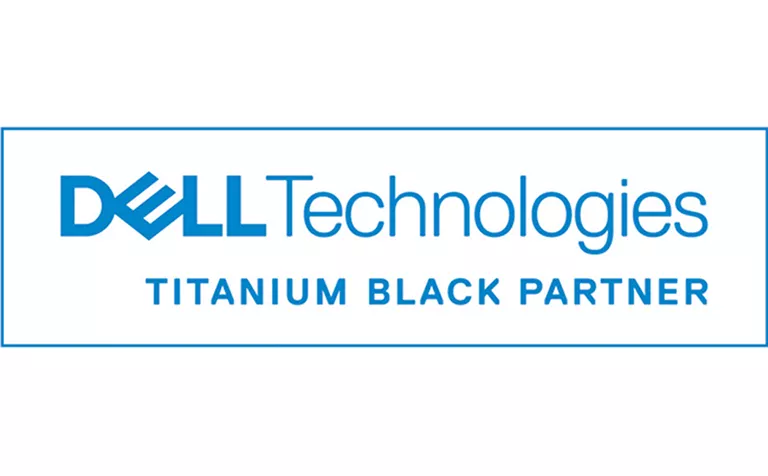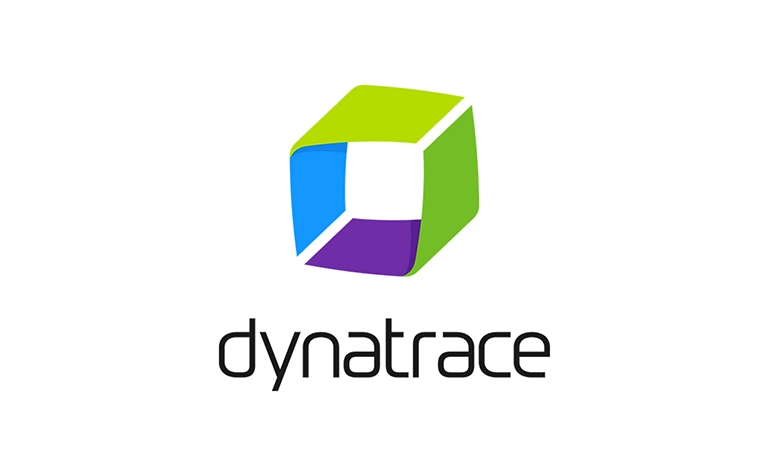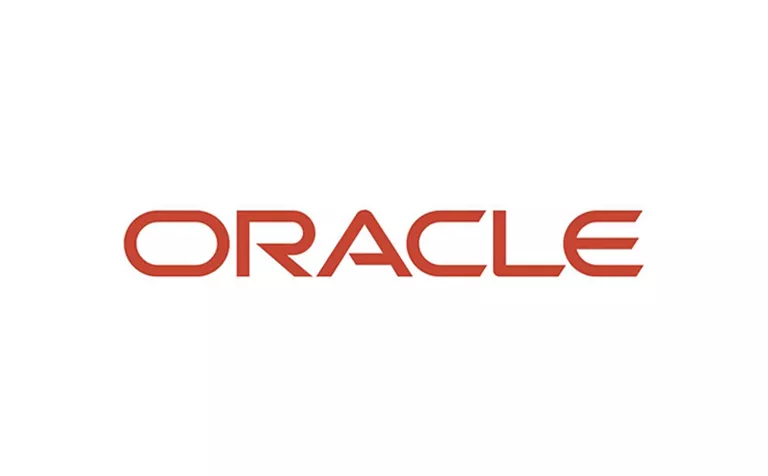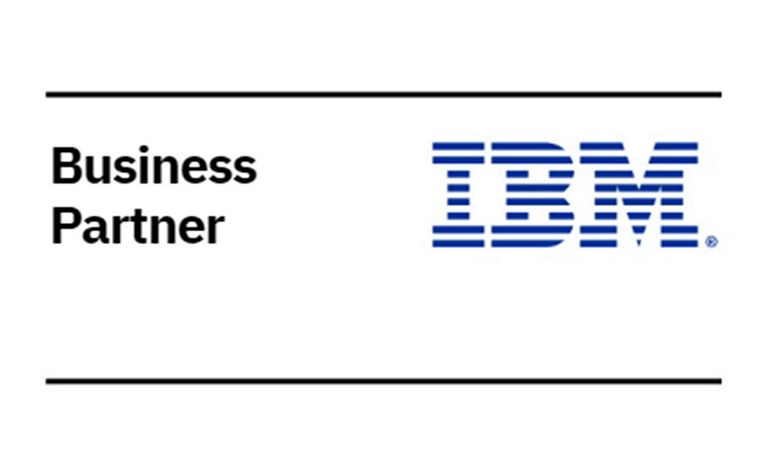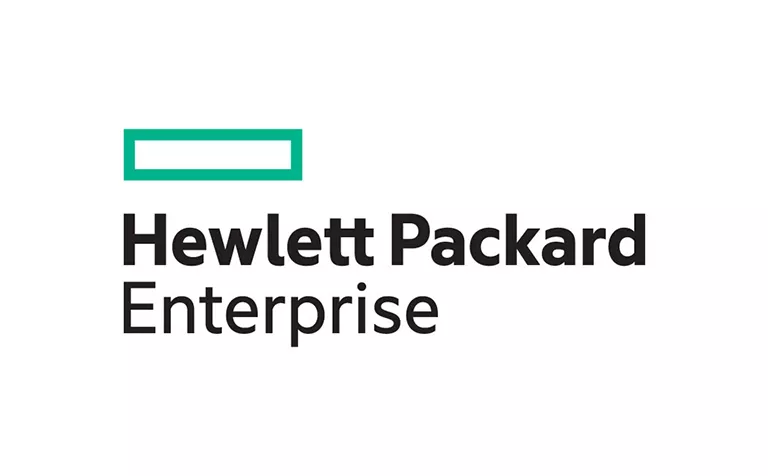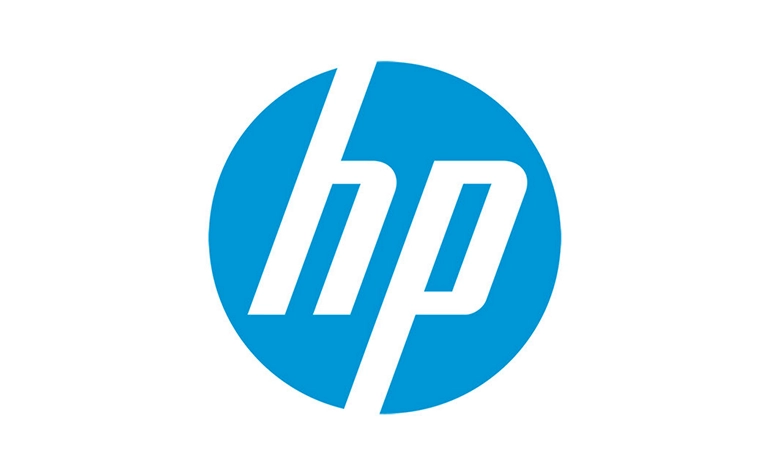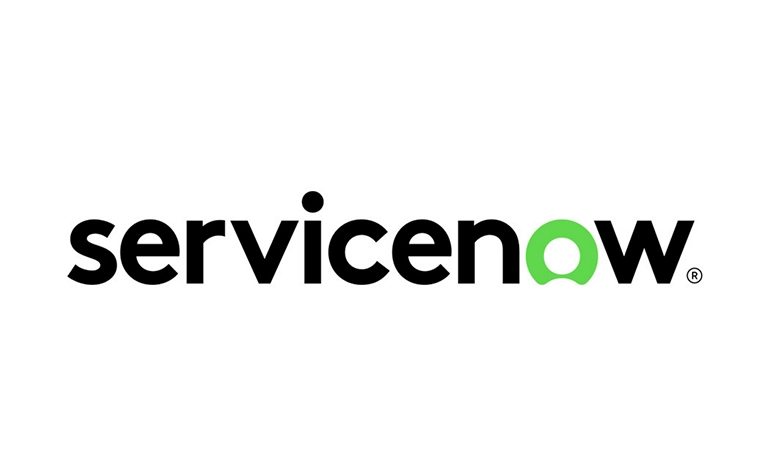Organizations continue investing in data centers and hosting to support operations and drive business growth. As technology increasingly integrates into every aspect of business operations, downtime’s threat and potential impact grows exponentially. To support this need for high availability, businesses rely on third-party data centers to deliver resilient environments that can withstand service disruptions to ensure uptime and business continuity.
The causes of downtime run the gambit, from routine maintenance and hardware failures to natural disasters, cyberattacks, and simple human error. Regardless of how downtime occurs, the results are the same: you cannot access your critical data and applications, operate your business, and service your customers. This affects your bottom line by interrupting revenue streams, stalling productivity, downgrading the customer experience, and damaging your reputation. Downtime can damage your business, and lost dollars can accumulate quickly during a prolonged outage. The Uptime Institute reports that over 75% of businesses have experienced an outage that caused substantial financial and brand damage over the last three years, so downtime is a real and direct concern.
While downtime can impact every business, every organization has a different risk tolerance. A small business that does not operate 24/7 may be able to handle scheduled downtime during non-business hours for maintenance on critical hardware, such as uninterruptable power supply (UPS) systems, HVAC units, or backup generators. However, an unplanned outage that cannot be quickly restored can be financially devastating. An enterprise with an international presence or around-the-clock operations cannot shut down even for planned maintenance. It must rely on infrastructure redundancy within a data center for concurrent maintainability.
If your business relies on a third-party data center to support your critical servers, you need to understand the redundancy model the data center utilizes to ensure its architecture provides the protections your business needs to remain online.
What is a redundant data center?
Data centers address downtime by building redundancy into their infrastructure. A redundant data center architecture duplicates critical components—such as UPS systems, cooling systems, and backup generators—to ensure that operations can continue even if a component fails. While increased levels of redundancy better circumvent downtime, a fully redundant design is expensive and not included in every business’ budget.
The good news is that redundancy can be achieved in various configurations, each with a progressive level of security to meet specific performance, availability, and cost needs. To find the architecture that meets your business needs, you must first understand your risk tolerance and how it aligns with the various data center redundancy models.
What are the data center redundancy levels?
Data center redundancy is not a one-size-fits-all endeavor. Building a redundant architecture is increasingly more expensive. To gauge the right configuration for your organization, it is important to recognize the risks and capabilities of the various architectures, including N, N+1, N+2, 2N, and 2N+1.
Also, remember that a given data center can operate with multiple redundancy models. A UPS can be 2N while the cooling system is N+1. The cooling system can be N+1 but still have a single point of failure in the piping. All power whips, a critical part of the power flow process, have to be 2N to create upstream redundancies; including a single power whip would defeat the purpose of having N+1 or 2N UPS, as it is a single point of failure.
With these redundant architectures, an automatic transfer power design further minimizes interruptions. An automatic transfer design ensures that capacity is instantly diverted to the designated backup unit when one power source goes offline. An automatic transfer power design can be accomplished by installing an Automatic Transfer Switch (ATS) or logic-controlled switchgear. This avoids downtime while waiting for a technician to manually switch over to the secondary unit.
Defining N
Before you assess each redundancy model, you must understand N.
N is the minimum capacity to power or cool a data center at full IT load. For example, if a data center requires four UPS units to operate at total capacity, N would equal four.
By definition, N does not include redundancy, making it susceptible to single points of failure. This means that a facility at full capacity with an N architecture cannot tolerate any disruption—whether a hardware failure, scheduled maintenance, or an unexpected outage. With an N design, any interruption would leave your business unable to access your applications and data until the issue is resolved.
N+1 Data Center Architecture
N+1 redundancy provides minimal resiliency by adding a single component—a UPS, HVAC system, or generator—to the N architecture to support a failure or allow a single machine to be serviced. When one system is offline, the extra component takes over its load. Returning to the previous example, if N equals four UPS units, N+1 provides five.
This configuration follows recognized design standards, which recommend one additional component for every four required to support total capacity. While N+1 introduces some redundancy, it still presents a risk in the event of multiple simultaneous failures. To minimize this risk, some data centers utilize an N+2 redundancy design to provide two extra components. In our example, this would provide six UPS units instead of five. Because of the simplicity of its architecture, an N+1 design is cheaper and more energy efficient than the other more sophisticated designs.
2N Data Center Architecture
A 2N redundancy model mirrors the original UPS, cooling system, or generator arrangement to provide full fault tolerance. This means if four UPS units are necessary to satisfy capacity requirements, the redundant architecture would include an additional four UPS units for eight systems. This design also utilizes two independent distribution systems. This architecture allows the data center operator to take down an entire set of components for maintenance without interrupting normal operations. Further, if the primary architecture fails, the secondary architecture takes over to maintain service. The resiliency of this architecture greatly diminishes the likelihood of downtime.
2N+1 Data Center Architecture
2N+1 delivers the fully fault-tolerant 2N architecture plus an extra component for an added layer of protection. This architecture can withstand multiple component failures, and even in a worst-case scenario, when the entire primary system goes down, it can sustain N+1 redundancy. This level of redundancy is generally used by large companies which cannot tolerate even minor service disruptions.
What do data center tiers have to do with redundancy?
Redundancy is unequivocally integral to gauging data center reliability, performance, and availability, yet adding additional components to the data center’s essential infrastructure is just one element of delivering this redundancy. The Uptime Institute offers a Tier Classification System that certifies data centers using four distinct tiers: Tier 1, Tier 2, Tier 3, and Tier 4.
The progressive data center tier certification levels have strict and specific requirements around the capabilities and the minimum level of service a data center certified for that tier provides. While the level of redundant components is certainly a factor, the Uptime Institute also evaluates staff expertise, maintenance protocols, and more. These factors combine to deliver the following minimum uptime guarantees:
Data Center Tier 1 Uptime: 99. 671% or less than 28.8 hours of downtime per year
Data Center Tier 2 Uptime: 99.741% or less than 22 hours of downtime per year
Data Center Tier 3 Uptime: 99. 982% or less than 1.6 hours of downtime per year
Data Center Tier 4 Uptime: 99. 995% or less than 26.3 minutes of downtime per year
The intensifying capabilities of each tier can provide another reference point for understanding the level of performance a data center can deliver.
What is your risk tolerance?
Choosing the redundant architecture that meets your business requirements can be challenging. Mapping your business needs to an appropriate redundancy model is essential in ensuring your data center provider can offer the protections to provide you with an appropriate uptime guarantee while respecting your budget. Finding the right balance between this reliability and cost is key because an ineffective data center redundancy model can devastate your business.
The end game is to build a massive data center campus in Texas so that you have a partner who can meet your needs, offer guidance, and deliver business assurance. This will allow you to continually service your customers and build your business.







